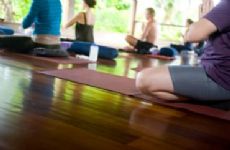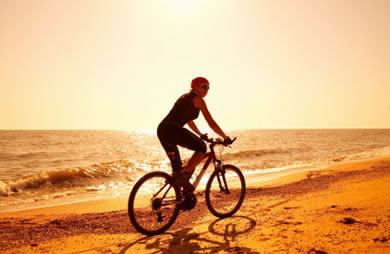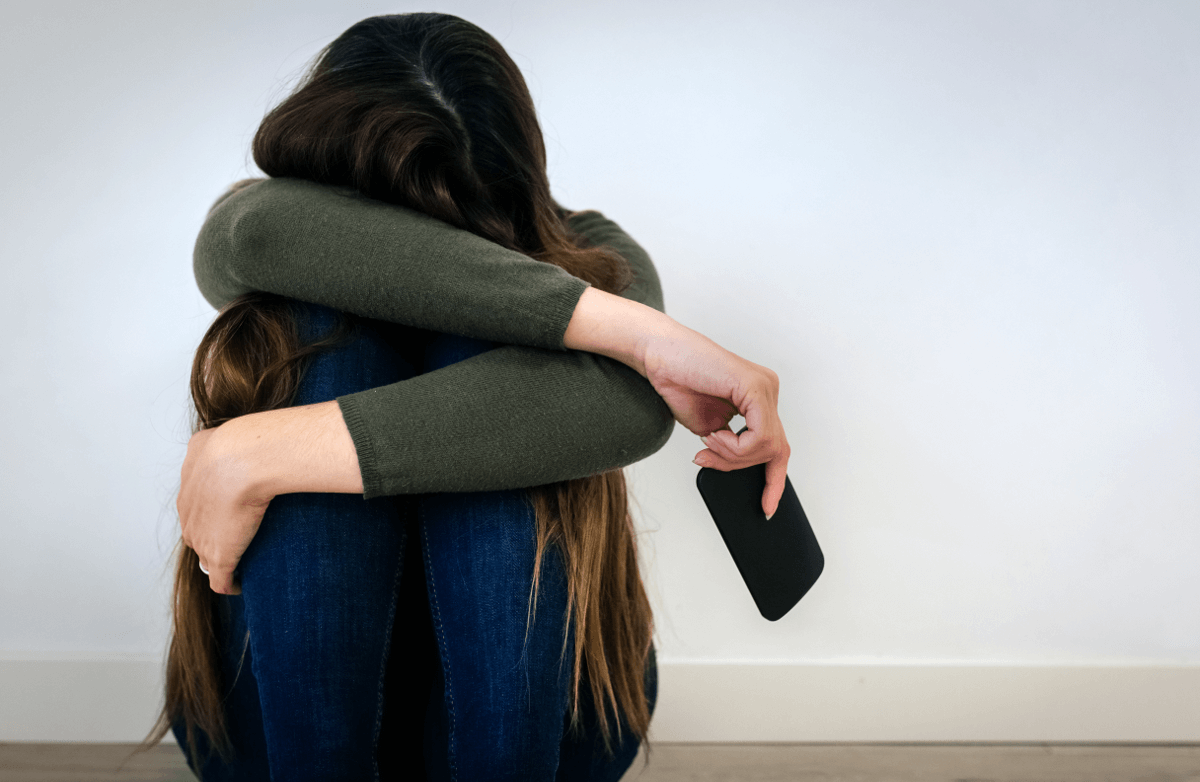When there is a chill in the air, it's easy to assume you'd be better off heading to the gym or hibernating in your workout room at home. But as long as you dress properly, there's no reason you can't venture outside for a workout that is both comfortable and enjoyable.
The tricky part is wearing enough that you're not shivering from the cold, but not so much that you're sweating because of all of the heavy layers. Here's a guide to knowing what—and how much— to wear so that you can be prepared all season long.
Layering for winter workouts typically consists of three basic layers:
The Base Layer
Start with your base layer, which includes undergarments, socks and the first layer of clothes (tops and bottoms) closest to the skin. This layer should be made of "wicking" material, meaning it pulls moisture away from the skin. Remember: Just because it's cold outside doesn't mean you won't sweat, and when you do, wet skin is going to lose heat significantly faster than dry skin. Look for words like breathable, Dry Fit, wicking, or Cool Max on the label. These technical fabrics might cost more than cotton, but are worth the extra expense for the comfort they provide.
The Insulating Layer
This middle layer helps trap warm air, which is especially important on those really cold days. Popular insulation materials include fleece, a synthetic fabric that dries quickly and maintains its insulating ability even when damp, and wool, which naturally wicks moisture away. This insulating layer should be loose enough to trap air between layers, but not so heavy that it restricts movement; your insulating layer should fit comfortably, offering you maximum range of motion for your workout.
Additional Weatherizing Accessories
We lose the majority of body heat through our heads, so a hat is a good idea when exercising on a cold winter day. In fact, you might find that you don't need as many layers of clothing because of the warmth a good hat can provide.
Like clothing, you want gloves and mittens made of sweat-wicking, waterproof and breathable fabrics. Mittens are generally warmer than gloves, but offer less dexterity, so consider the type of activity you'll be doing. Be careful not to buy gloves or mittens that are too tight. You want a bit of air space at the tips of your fingers to act as additional insulation. For me, the worst part about being outside is cold fingers. I use lightweight stretchy gloves for cool days, and thicker gloves for when the temperature dips much lower. Consider investing in a quality pair of gloves or mittens, or even a couple different pairs for different weather conditions.
After reading about the various layers and clothing possibilities, you could be wondering how you'd ever afford to buy it all. You can spend tons of money on winter workout clothes, but the good news is that you don't have to! Here are some great tips for saving money on high-quality workout clothes.
What to Wear in Any Winter Temperature
Now that you have all of these clothes, how do you know how much to wear and when? My suggestion would be to experiment with what works best for you. Temperature is relative, so if you come from a cold-weather climate, a 50-degree run might sound hot to you. If you're from Texas, 50 degrees might be a cold day.
Everyone is different. My dad runs in shorts if it's 40 degrees Fahrenheit, while I would be in pants at that point. As a general guide for winter layering, follow this chart.
Be sure to "Pin" this graphic for future reference!

| Temperature | Base Layer | Insulating Layer | Protective Layer | Accessories |
| > 50⁰ F/
> 10⁰ C | Shorts + Shirt (long- or short-sleeved) | n/a | n/a | n/a |
| 40 to 50⁰ F/
4 to 10⁰ C | Pants (cropped or full-length) + Long-sleeved shirt | Light sweatshirt (optional) | n/a | n/a |
| 30 to 40⁰ F/
-1 to 4⁰ C | Pants or tights + Long-sleeved shirt | Sweatshirt or Fleece | n/a | Light gloves + Ear warmers |
| 20-30⁰ F/
-6 to -1⁰ C | Tights (optional) + Long-sleeved shirt | Pants + Fleece | Lightweight jacket | Heavier gloves + Hat |
| < 20⁰ F/
< -6⁰ C | Tights + Long-sleeved shirt | Pants + Fleece | Lightweight jacket | Hat + 2 pair gloves + Neck/face gaiter |
I've always followed the rule that if I step outside for a run and I'm comfortable, I'm overdressed. You should feel slightly chilly for the first few minutes of your workout, as your body will start to heat up as you get moving. Being comfortably dressed during your outdoor workout will keep you motivated to stay active all winter long.






















